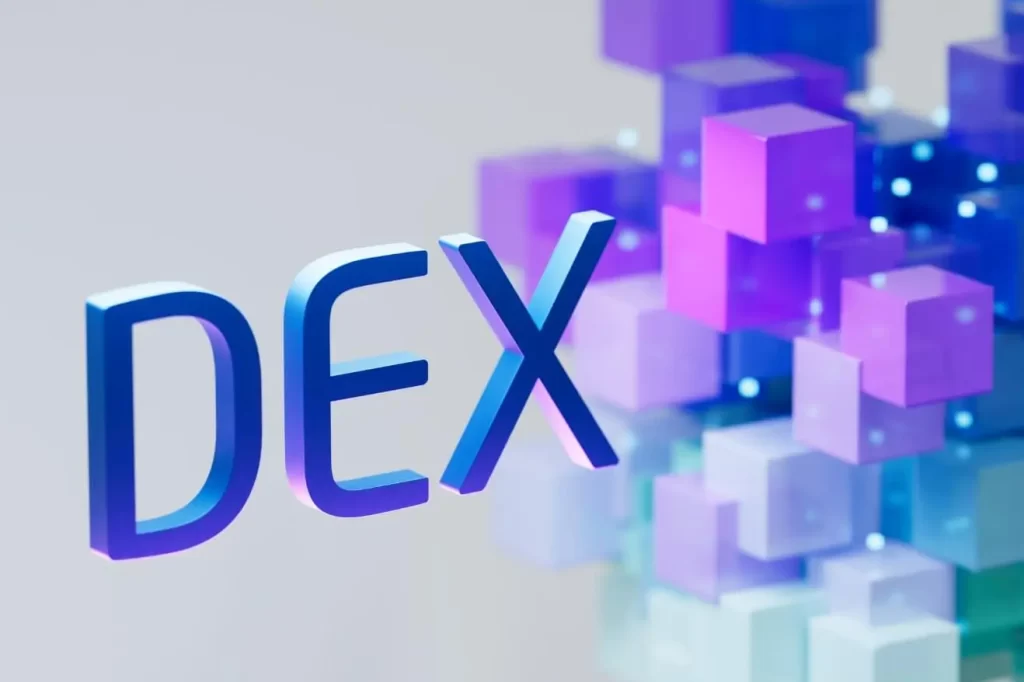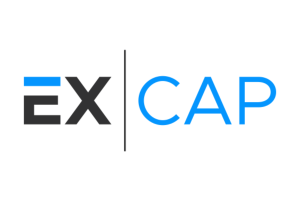Decentralized exchanges (DEXs) are becoming increasingly popular among cryptocurrency traders. DEXs allow traders to trade cryptocurrencies directly with each other, without the need for a centralized intermediary. This makes DEXs more secure and transparent than traditional centralized exchanges.
There are a number of advantages to using DEXs. First, DEXs are more secure than centralized exchanges. Centralized exchanges are vulnerable to hacks and other security breaches. DEXs, on the other hand, are not vulnerable to these attacks because they do not hold any user funds.
Second, DEXs are more transparent than centralized exchanges. Centralized exchanges are often opaque about their operations and trading fees. DEXs, on the other hand, are transparent about their operations and trading fees.
Third, DEXs are more accessible than centralized exchanges. Centralized exchanges often require users to undergo a KYC (know your customer) process. DEXs, on the other hand, do not require KYC. This makes DEXs more accessible to users in countries with restrictive financial regulations.
Impact of DEXs
The rise of DEXs is having a significant impact on the cryptocurrency market. First, DEXs are helping to increase liquidity in the market. DEXs allow traders to trade cryptocurrencies directly with each other, which helps to increase the depth of the market.
Second, DEXs are helping to reduce the power of centralized exchanges. Centralized exchanges have traditionally been the dominant players in the cryptocurrency market. DEXs are helping to democratize the market by giving traders more control over their assets and trades.
Third, DEXs are helping to promote innovation in the cryptocurrency market. DEXs are constantly evolving and innovating. This is helping to drive innovation in the cryptocurrency market as a whole.
Challenges ahead
Despite the advantages of DEXs, there are a number of challenges that need to be addressed before DEXs can reach their full potential. First, DEXs are still relatively new and have less liquidity than centralized exchanges. This can make it difficult to trade large volumes of cryptocurrency on DEXs without impacting the price.
Second, DEXs can be more complex to use than centralized exchanges. Centralized exchanges typically have user-friendly interfaces that make it easy to trade cryptocurrencies. DEXs, on the other hand, can be more difficult to use, especially for new users.
Finally, DEXs are still vulnerable to certain types of attacks, such as front-running and sandwich attacks. Front-running is a type of market manipulation where a trader uses their knowledge of upcoming trades to profit at the expense of other traders. Sandwich attacks are a type of market manipulation where a trader places two trades around a larger trade in order to profit from the price movement caused by the larger trade.
Outlook for the future
The outlook for DEXs is positive. The growing popularity of DEXs is a sign that the cryptocurrency market is maturing and becoming more decentralized. As DEXs continue to mature and become more user-friendly, we can expect to see even more adoption of DEXs in the future.
Conclusion
DEXs are playing a key role in the growth and development of the cryptocurrency market. DEXs are offering traders a more secure, transparent, and accessible way to trade cryptocurrencies. While there are still some challenges that need to be addressed, the outlook for DEXs is positive.



